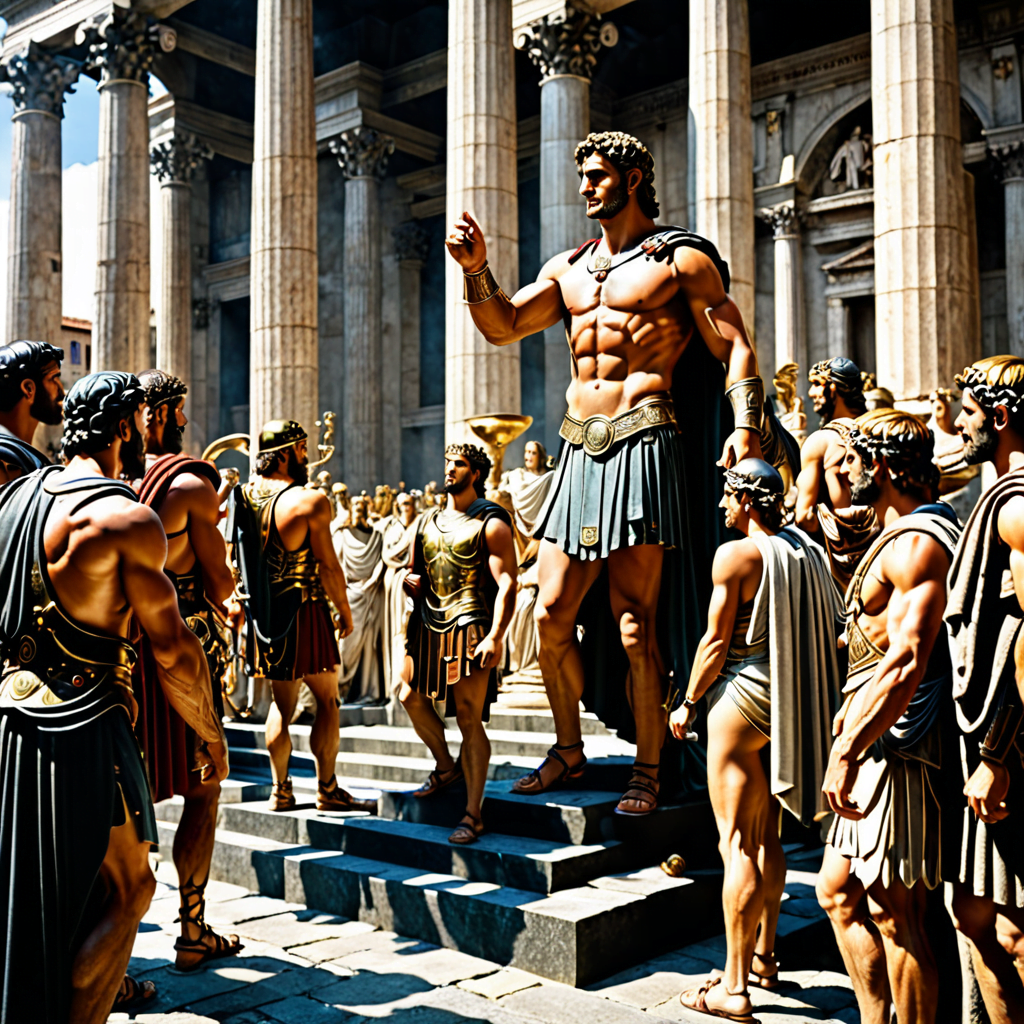## Finnish Mythology: Myths of Creation##
## 1. The Birth of the World ##
Finnish mythology contains several creation stories that delve into the origins of the world. One such tale begins in a vast, empty void filled only by swirling mist. From this mist emerged a primordial goddess named Louhiatar, also known as Loviatar. Louhiatar possessed immense power and represented chaos and darkness, existing as a solitary entity in the cosmic abyss.
## 2. The Eternal Fire ##
In another creation account, the world is said to have originated from an everlasting fire. This fire blazed within a cosmic egg that floated in the boundless expanse. The egg contained the dormant seeds of the universe and held the potential for all existence to come.
## 3. The Origin of the Elements ##
From either the primordial goddess or the cosmic fire, the elements of creation were born. Water, air, earth, and fire emerged from the primordial void, each endowed with its own unique characteristics and properties. These elemental forces intertwined and formed the building blocks of the world, providing the framework upon which life would eventually take shape.
## 4. The Creation of Ilmatar ##
As the elements swirled and danced, a celestial maiden known as Ilmatar emerged from the primordial waters. She personified the boundless expanse of the celestial realm and possessed immense wisdom and creative power. Ilmatar's role was that of a cosmic mother who would guide the creation and nurturing of the universe.
## 5. The Birth of Väinämöinen ##
According to the Kalevala, a renowned Finnish national epic, Ilmatar traveled through the skies for centuries, seeking a suitable place to create her children. Finally, she found respite on the knee of the mighty North Wind, Ahti. There, she conceived Väinämöinen, the enigmatic and powerful sage who would play a central role in shaping the destinies of the world.
6. The Creation of the Earth and Sky
Guided by her divine wisdom, Ilmatar divided the primordial waters into two expansive realms: the Earth and the Sky. The Earth emerged from the depths, its solid mass rising above the boundless waters. The Sky, in contrast, spread its vast canopy overhead, its ethereal expanse teeming with possibilities.
7. The Creation of Life
With the Earth and Sky in place, Ilmatar turned her attention to the creation of life. She breathed life into the soil, causing it to teem with plants and vegetation. The waters teemed with fish and other aquatic creatures, while the skies filled with birds. Animals roamed the land, each species occupying its own niche in the newly formed ecosystem.
8. The Creation of Language
Communication was essential for the inhabitants of the world to thrive. Ilmatar bestowed the gift of language upon her creations, enabling them to express their thoughts, desires, and experiences. From the simplest utterances to the most eloquent speeches, language became the bridge that connected all living beings.
9. The Creation of Fire
Fire, a powerful force, was another essential element for the survival and progress of civilization. Ilmatar struck a spark from a stone, bringing forth the illuminating and transformative power of fire. It provided warmth, cooked food, protected against predators, and illuminated the darkness, paving the way for advancements in technology and culture.
10. The Creation of the Sun and Moon
To mark the passage of time and guide the creatures of the world, Ilmatar created the celestial bodies. From the celestial fire, she fashioned the Sun, a radiant orb that illuminated the day. The Moon, its silvery glow complementing the Sun, cast its gentle radiance upon the night, guiding travelers and providing respite from the darkness.
FAQ
Q: What is the name of the primordial goddess in Finnish mythology?
A: Louhiatar (also known as Loviatar)
Q: Where did Väinämöinen come from?
A: Ilmatar, the celestial maiden, gave birth to Väinämöinen on the knee of the North Wind, Ahti.
Q: What was the role of Ilmatar?
A: Ilmatar served as the cosmic mother, guiding the creation and nurturing of the universe.
Q: What is the significance of fire in Finnish mythology?
A: Fire represented a powerful force that provided warmth, cooked food, warded off predators, illuminated the darkness, and paved the way for advancements.
Q: What celestial bodies did Ilmatar create?
A: Ilmatar created the Sun, which illuminated the day, and the Moon, which cast its gentle radiance upon the night.



